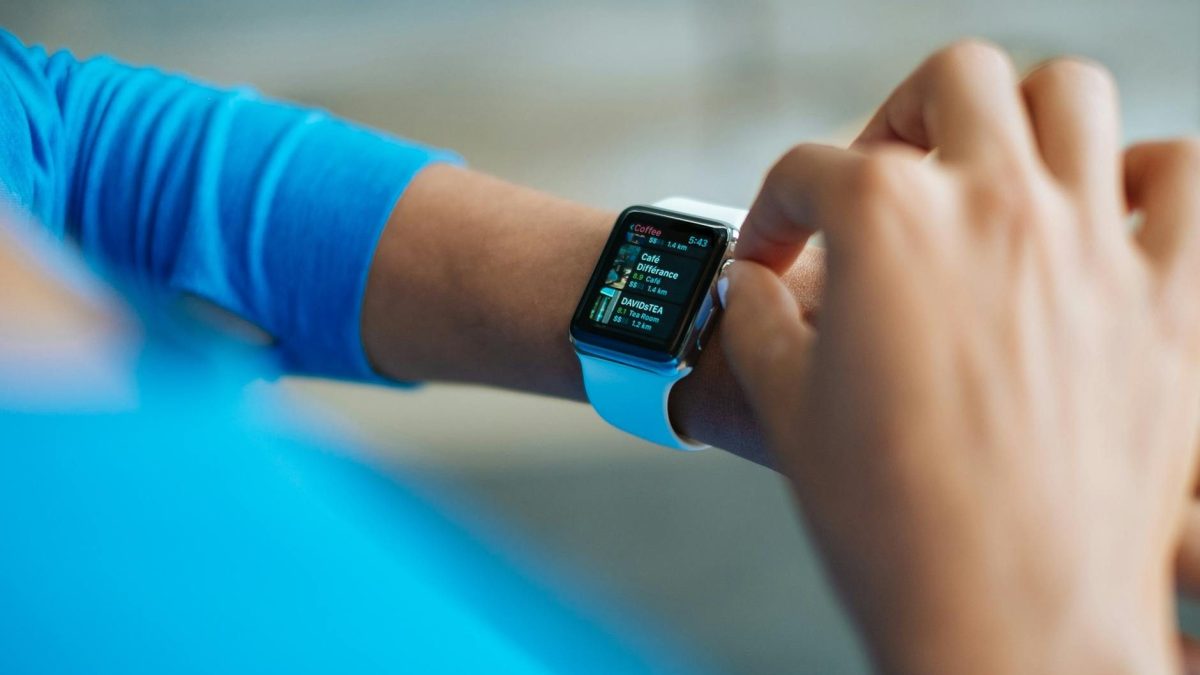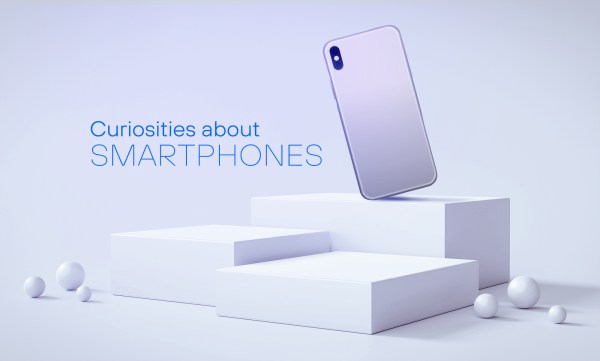However, the need to continually look at a screen has begun to generate a disconnection with the environment. And this happens not just to children, but to everyone. In response, the technology industry is exploring new devices that facilitate a more seamless integration between the physical and virtual worlds, with wearables, such as smart glasses and hearables, leading this transition.
For a company like Telefónica, which has been a pioneer in driving connectivity and digitisation, and connecting people’s lives, the challenge is exciting. The next steps on this path will open up new opportunities to transform how we interact with technology and, above all, how it adapts to our lives without being intrusive. That’s how I see it.
The challenge: The disconnect that screens create
Despite their undeniable usefulness, smartphones have significant limitations: they demand our attention through the screen, taking away from our interaction with our surroundings. It is paradoxical that in an increasingly connected world, we seem to communicate less and less. Just because we try to send our messages does not mean that there is communication. For that, there has to be two-way communication, a process of listening, and to listen, you have to be aware of your environment.
In a world that is moving towards hyper-connectivity, this approach of looking at a screen is already obsolete. So the question arises: how do we make technology enhance our experience without interfering with it?
The answer: wearables as a natural extension
In this scenario, wearables appear as an increasingly viable alternative. Devices such as augmented reality glasses, smart clothing and hearables are designed to offer a digital connection without the need for users to be ‘tethered’ to a screen. It is true that many people see them as something that, precisely, exacerbates the problem of being tied to more screens, but I firmly believe that the solution lies in them. But not as a complement to the smartphone, which is what happens now, but as a 100% substitute.
Smart glasses
This technology enables a visual integration of the digital and physical world, providing contextual data to the user. For example, imagine an experience in which information about a product or location is overlaid on our field of vision, eliminating the need to search on the mobile phone. This type of interaction is already beginning to take shape with the rise of augmented reality.
My experience with smart glasses
I am short-sighted and wear glasses, so maybe I am more likely to accept this kind of solution than others with perfect vision, but you can think like this: if you wear sunglasses for those sunny days outdoors, wouldn’t you wear them to navigate with Google Maps while walking down the street of that city you are visiting, being able to look at the city and the navigation directions?
Hearables or smart hearing devices
Hearables represent another avenue for transforming our experience with digital devices. Using voice commands and audible notifications, these devices could provide personalised information and alerts without interrupting our view. Telefónica, with its expertise in AI services and digital assistants, is well positioned to optimise these types of devices, enabling seamless and natural user interaction. Voice is powerful.
Smart clothing
This sector, although at an earlier stage, promises to revolutionise the way we interact with our environment. Smart clothing incorporates sensors and technology that can measure everything from biometric parameters to activity preferences, and its projected growth has been remarkable in recent years. Telefónica, as a leader in connectivity, could collaborate in the development of this type of clothing, integrating them with 5G networks and data analysis platforms.
Artificial intelligence: an essential step towards seamless integration
In this new paradigm, artificial intelligence (AI) will play a key role in delivering a personalised and anticipatory experience, as discussed in a previous article. Telefónica, through its advances in AI and data analytics, can help facilitate solutions that enhance both privacy and personalisation of these devices.
Data analytics and personalisation
AI can detect patterns in user behaviour and contexts, providing recommendations or alerts – health or otherwise – that are tailored to each individual. For example, wearables could alert on stress levels or suggest active breaks, based on real-time information and previous habits.
Intuitive user experiences
With AI support, wearables can also enhance interaction through virtual assistants and voice recognition, making the user experience more seamless and natural. This approach connects with Telefónica’s goals in developing smarter and friendlier user experiences.
Challenges on the road to a new device era
Despite progress, the evolution towards a wearable ecosystem also faces significant challenges, such as data privacy, battery life and the development of innovative applications. Telefónica, with its commitment in the areas of privacy and cybersecurity, has the potential to set the standard for personal data protection in wearables, ensuring that users maintain control over their information.
And without smartphones, what about apps? Well, we’ll see, but I understand that they will have to evolve to be more decentralised and distributed on wearable devices.
Conclusion: Towards an integrated and less invasive connection
The transition from smartphones to wearables represents an opportunity for profound change, in which technology will take on a less visible and more integrated role in our lives. In this transformation, companies like Telefónica will play a key role, promoting connectivity, devices and applications that not only enhance connectivity, but also respect the balance between the digital and physical worlds. This is not just a vision for the future, but an obligation for all of us in the technology business. Wearables, by enabling intuitive and personalised interaction, will not replace smartphones overnight, but they will usher in a new era of technology that is more user-friendly, integrated and, above all, connected to the user and their environment.








